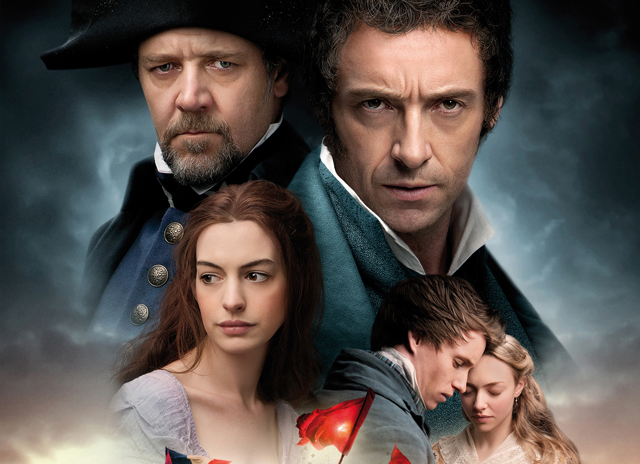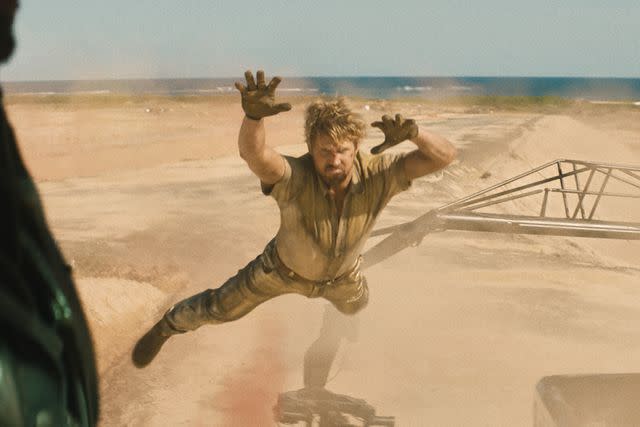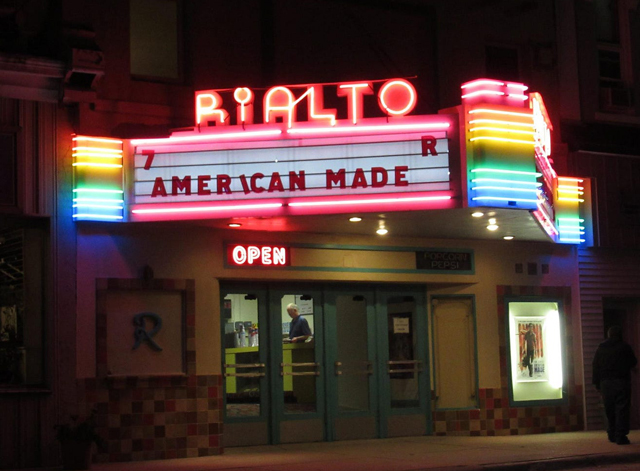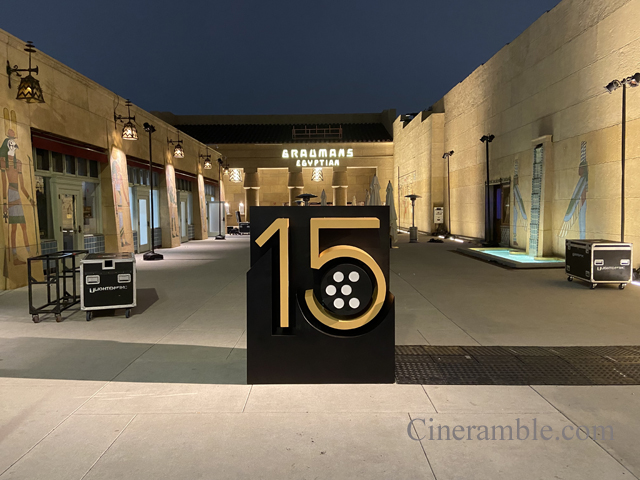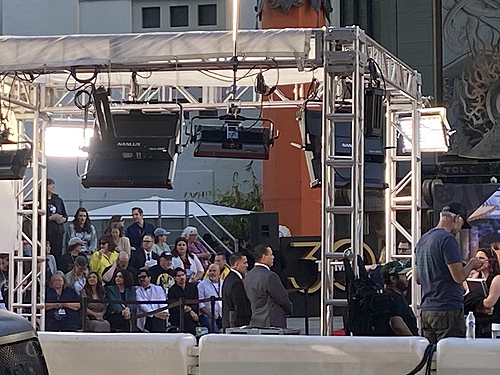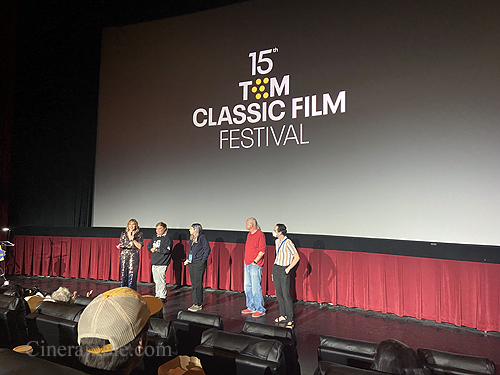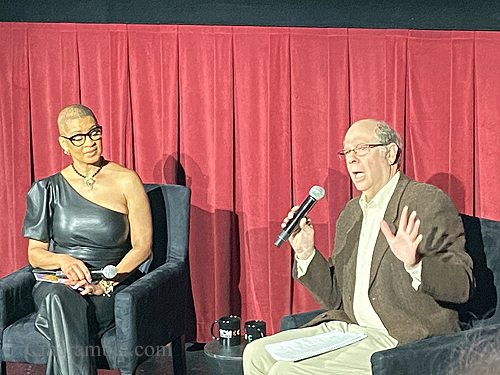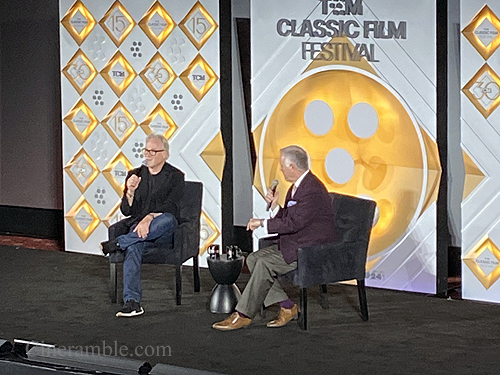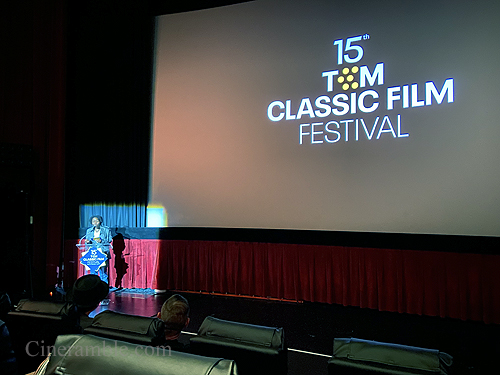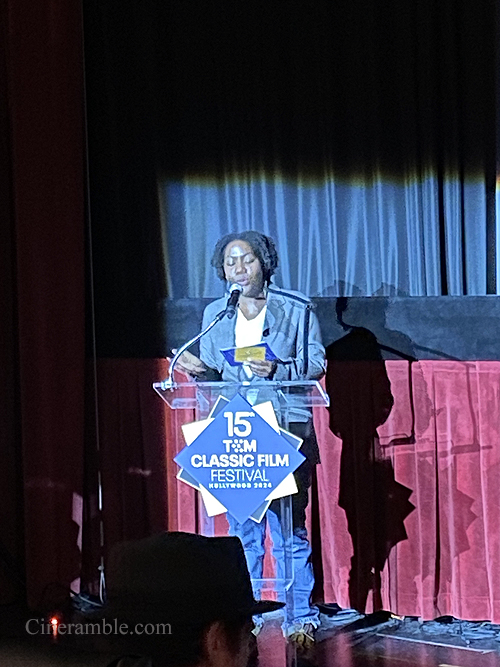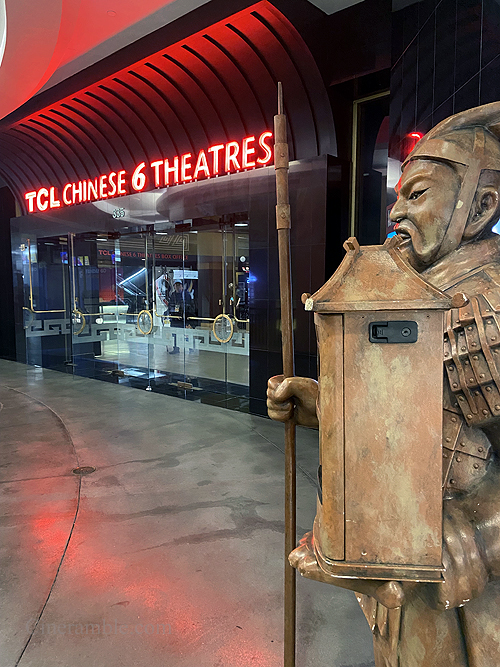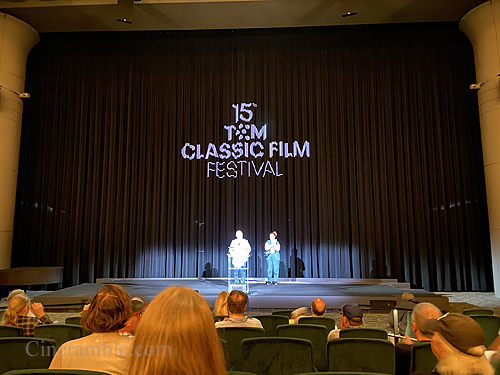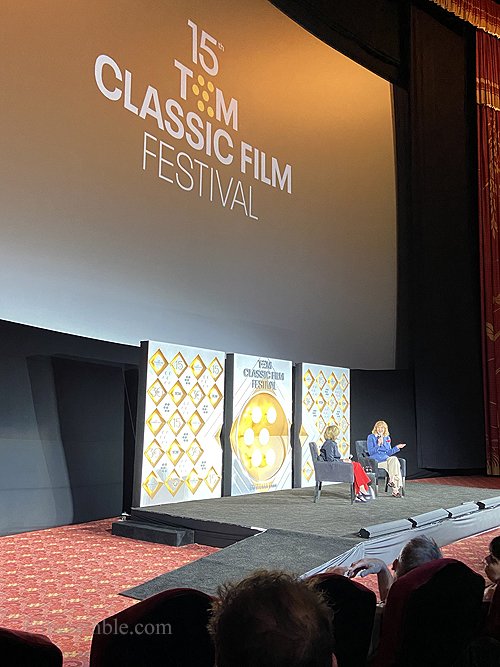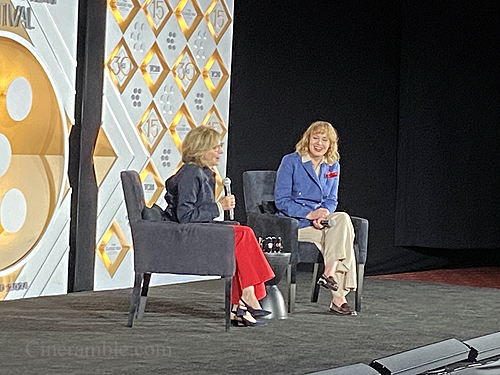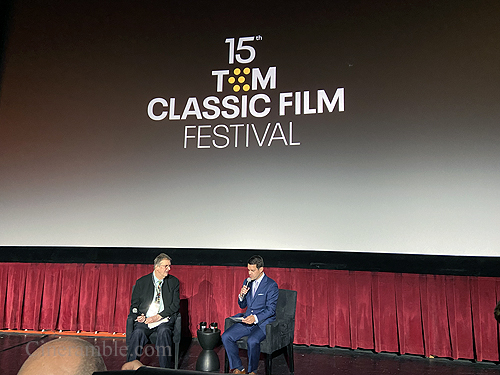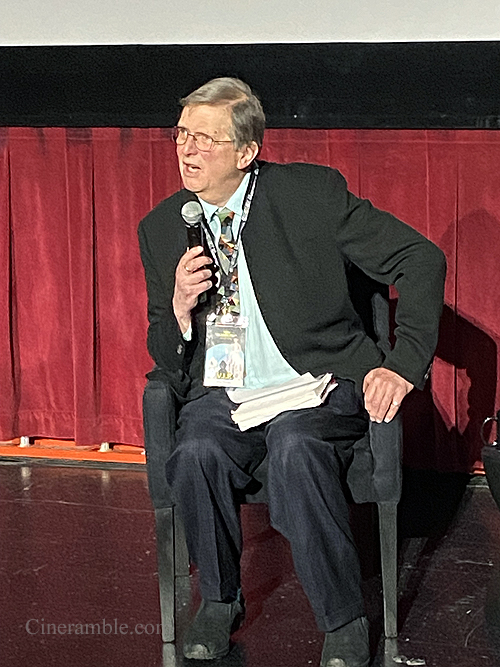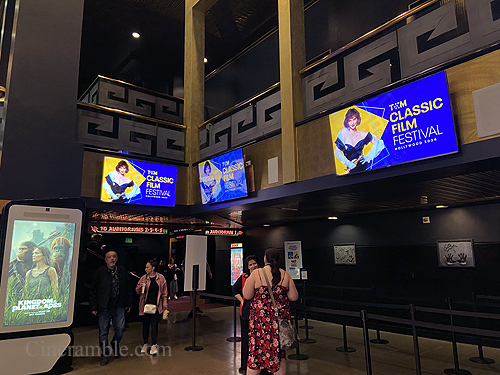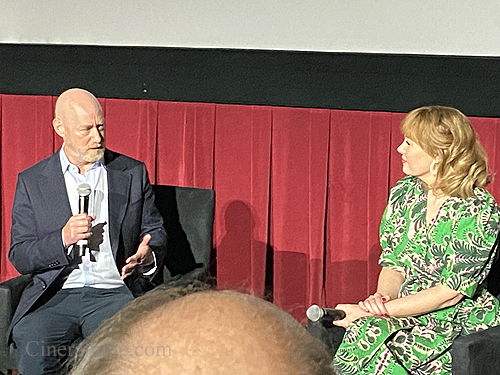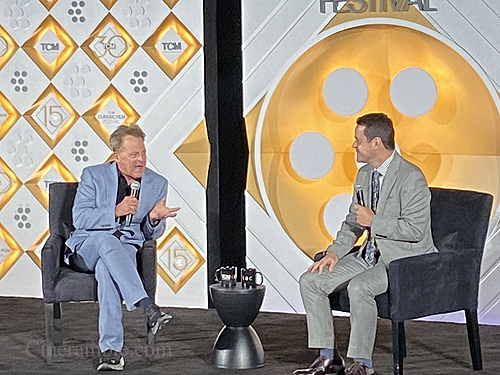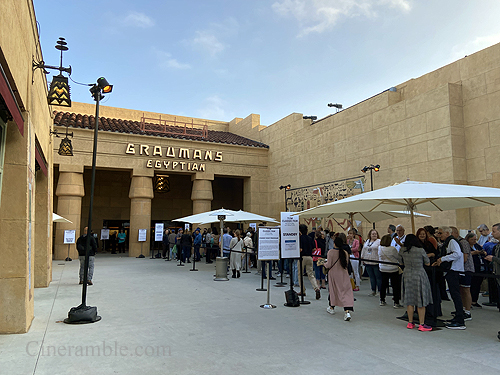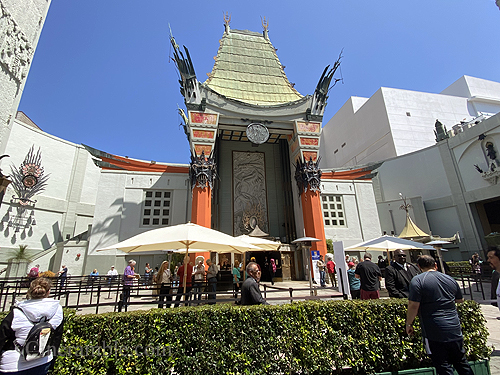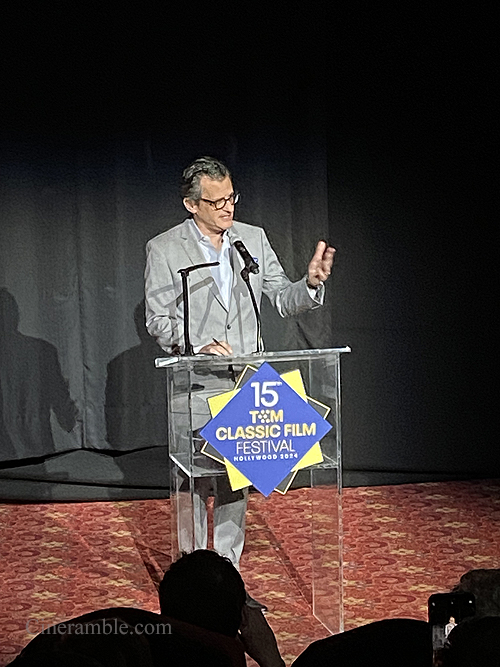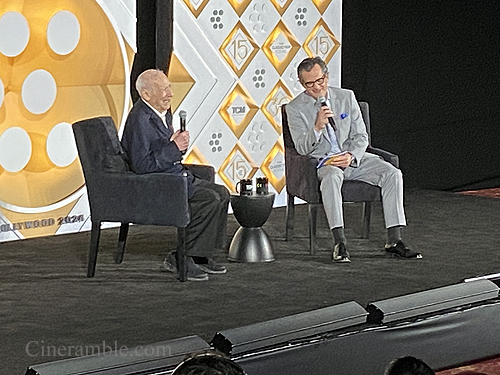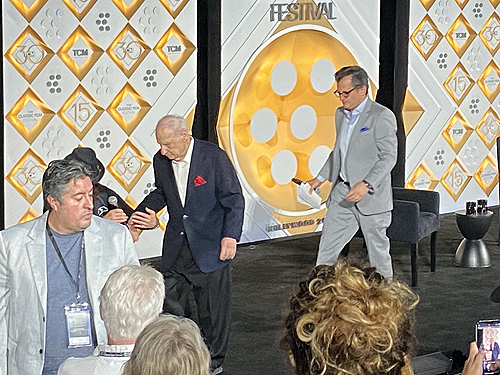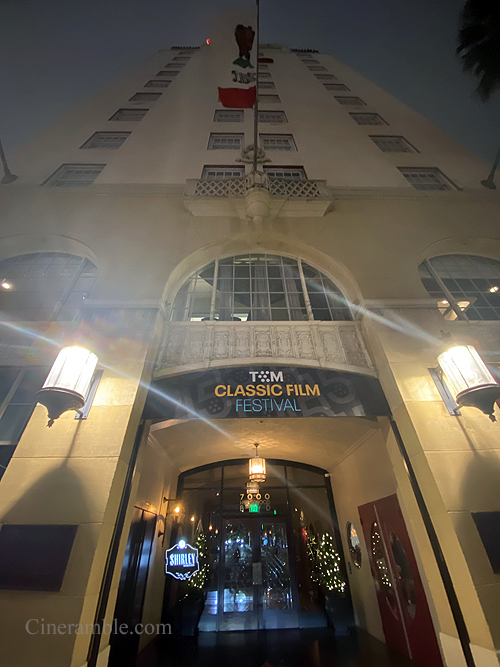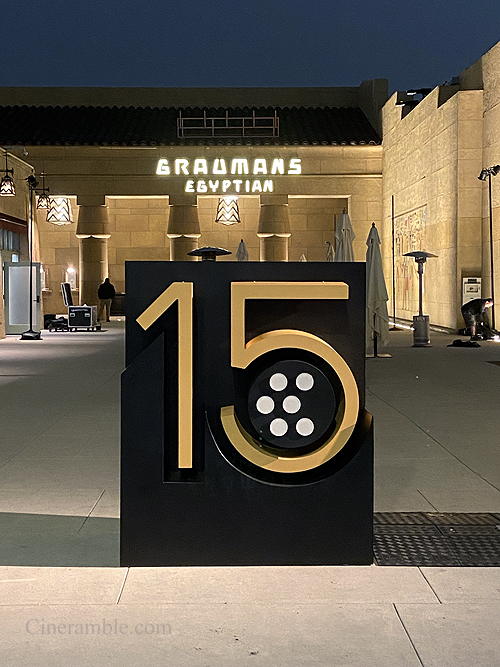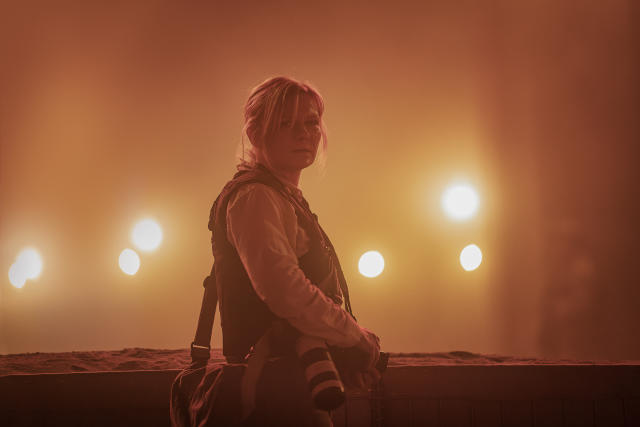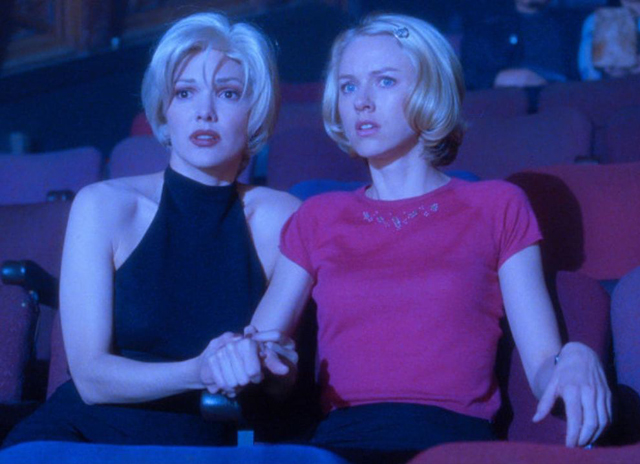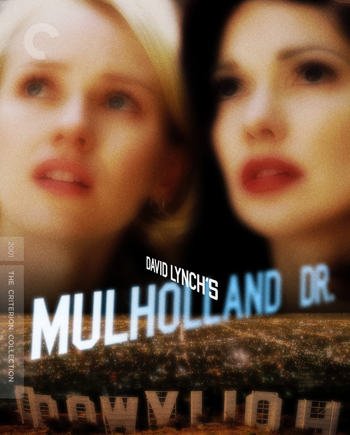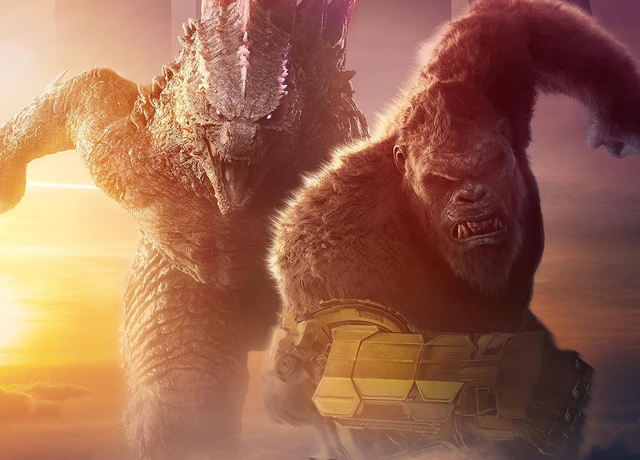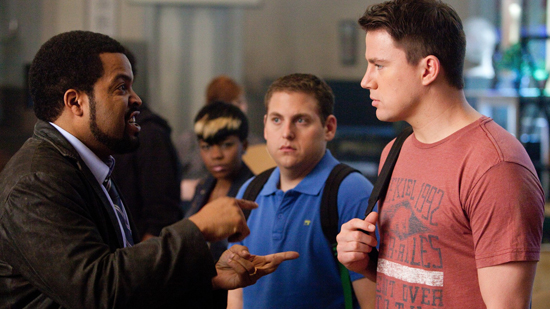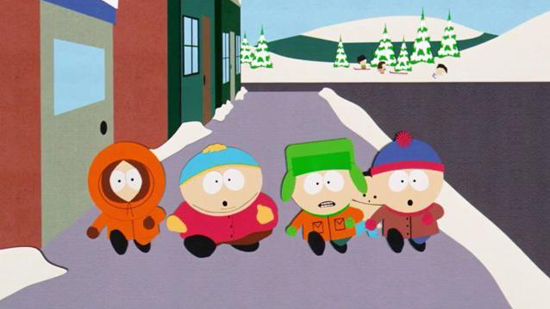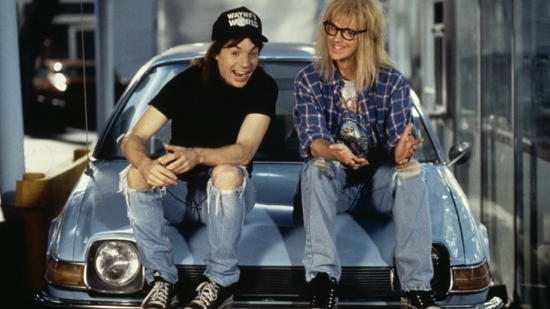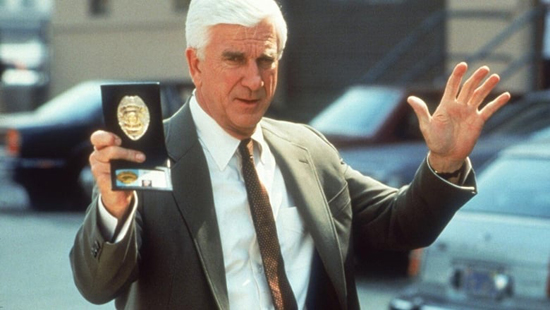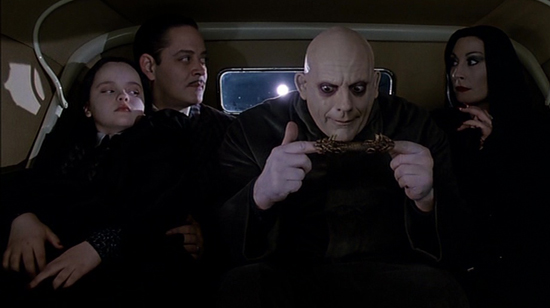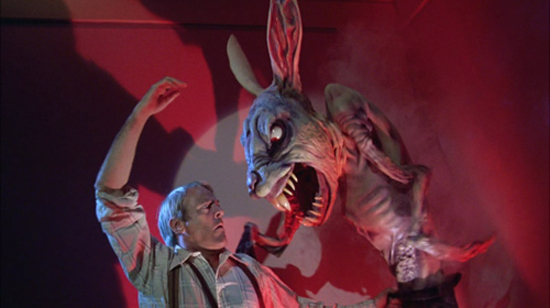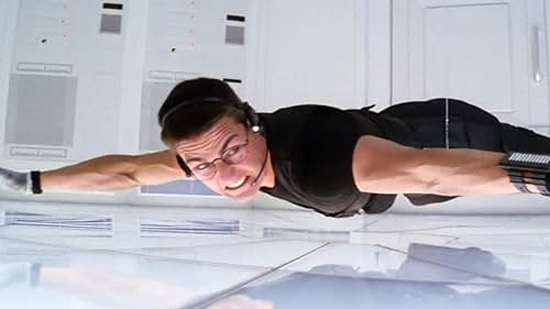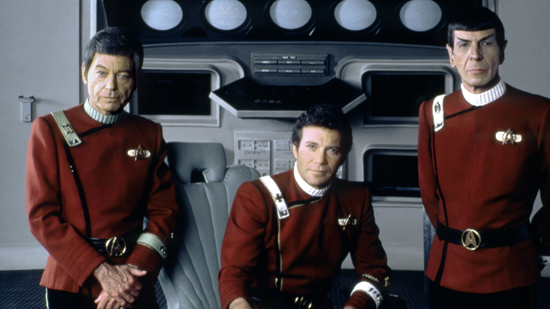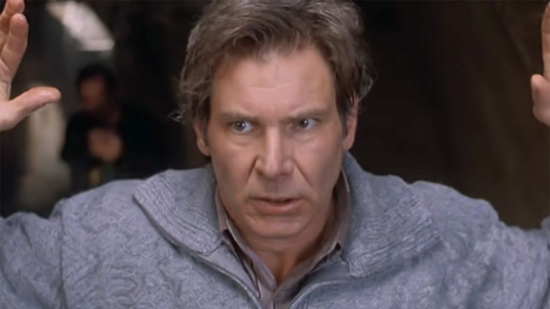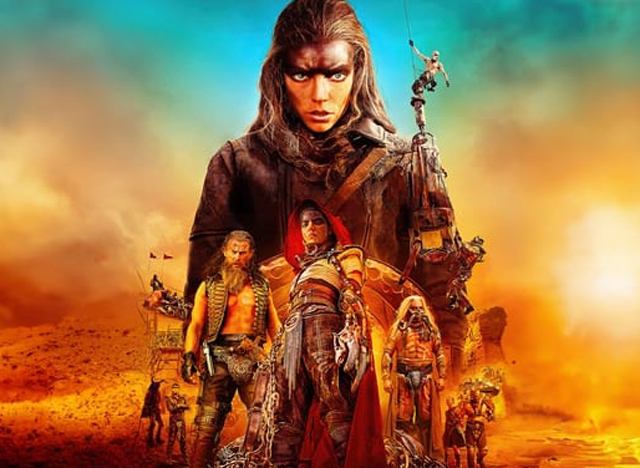
It’s been a wild ride through the wastelands for the Mad Max franchise. Began in 1979, Australian filmmaker George Miller created an icon with his shoestring budgeted original film. And every movie since, he has upped the ante, making his world more dystopian and mythic in process. The franchise helped to make a star out of Mel Gibson, and both he and Miller would continue to build their world with the even zanier sequels The Road Warrior (1982) and Mad Max Beyond Thunderdome (1985). After Thunderdome, Miller spent a long while figuring out where he wanted to take the adventures of Max Rockatansky next. It would be another 30 years before the Wasteland would be seen once again on the big screen. In that time, Miller spent his years dabbling in more family friendly fare like Babe: Pig in the City (1998) and Happy Feet (2006), but all the while he was continuing to brainstorm his next move with Mad Max. Entering the 2010’s, he finally found the road he wanted to take, and he got Warner Brothers to bankroll his bold new vision for this classic action franchise. But, there were going to have to be some changes. For one, Mel Gibson had aged out of the part over the 30 plus years, in addition to a number of scandals that had diminished his star power. In addition, the story would be less focused on continuing Max’s ongoing story and instead would be geared more around building the world around him into something far more epic and surreal. It would still be a Mad Max movie, but it was about far more than one man’s journey. And in particular, George Miller found himself becoming more intrigued about the possibilities involving a wholly new original character named Furiosa. As we would soon discover, this new heroine would be the shining star of a new future for the Mad Max franchise.
The 30 year wait proved to be worth it, as Mad Max; Fury Road not only made a healthy gross at the box office but was also critically acclaimed as well. Many even began to herald it as one of the greatest action films of all time, and it accomplished the unexpected task of earning 10 Academy Award nominations, including Best Picture, of which it ended up winning and impressive six total. As far as action films go, Fury Road became a new high water mark for the industry, with audiences being wowed by it’s impressive stunt work and practical effects, as well as just the overall creative world-building throughout. To create the film, Miller and his team spent months filming in the remote Namibian desert, which allowed them to create these massive scale stunts in a remote and desolate environment on a scale unseen before. It very much invigorated the franchise in the way that George Miller had hoped for. In addition, audiences loved the performances from the leads, with Tom Hardy filling the role of Max adequately and easily helping audiences get over the replacement of Mel Gibson in the role. Charlize Theron brought an intensity to the role of Furiosa that made the character an instant favorite for both longtime fans and new ones as well. It’s very clear that Furiosa and Mad Max are both the main character’s of Fury Road’s story and that Miller spent as much time figuring out her narrative as much as he had his iconic hero. During all those 30 years in the process of making Fury Road, Miller had also spent years developing Furiosa’s backstory, including going so far as to writting a full draft of a movie that would have centered around her. In his words, he wanted to fully understand her character before he made her such a central part of his new direction in the franchise. After seeing Fury Road succeed as well as it did, Miller decided it was time to take another look at his script for a Furiosa movie, and he suddenly became interested in bringing it to the big screen as well. It would take nearly another decade for that project to also become a reality, but now we George Miller making his return once again to the franchise that define his directorial career with this prequel adventure, Furiosa: A Mad Max Saga.
The story begins many years before the events of Fury Road, where we find a young Furiosa (Alyla Browne) living in the peaceful oasis known as the Green Place. Outside of the Green Place is a vast desert known as the Wasteland, where the remnants of human civilization are scattered across as warring nomadic tribes. One such tribe of motorcycle riding marauders invade the Green Place and kidnap Furiosa. They take her back to their camp, where she meets their fearsome leader, Dementus (Chris Hemsworth). Her mother, Mary Jabassa (Charlee Fraser) tries to save her from the camp, but the valiant attempt at a rescue ultimately fails, and Dementus ends up executing her in front of Furiosa, an act that the young girl would hold a grudge over for many years after. Eventually, Dementus and his gang arrive in a part of the Wastelands that is lorded over by a man named Immortan Joe (Lachy Hulme), who resides in the fortress called The Citadel. Immortan Joe’s forces, including the cult like faction know as the War Boys, prove too overwhelming for Dementus, but the ambitious madman decides to make more trouble by capturing the important stronghold known as Gastown, which supplies The Citadel with all it’s fuel. Dementus and Immortan Joe strike a truce, but part of the deal involves Furiosa remaining within The Citadel as a future bride for one of Joe’s sons, Scrotus (Josh Helman) and Erectus (Nathan Jones). Furiosa initially escapes her new captors, and lives anonymously in The Citadel, eventually becoming one of the mechanics. Grown up Furiosa (Anya Taylor-Joy) eventually develops a partnership with The Citadel’s top rig driver, Praetorian Jack (Tom Burke) who helps her gain the skills she’ll need to survive in such a dangerous world. But in all this time, her heart is set on two main goals, to get her revenge on Dementus and return home.
There’s no doubt that following up the success of Mad Max: Fury Road was going to be hard, even with George Miller still firmly holding the reigns. Fury Road is considered an all time classic and one of the most celebrated movies of the last decade. Still, you can feel the desire with George Miller to tell this story in particular, leaving out the namesake action hero we all know in favor of exploring someone else’s tale in this same world. It’s a risk to be sure, but also one that does fit within the greater narrative that Miller wants to tell. Furiosa was undoubtedly the breakout star of Fury Road, and many fans agreed that she was a character capable of carrying a film all on her own. So, with the work already done before cameras even rolled on Fury Road, Miller had the story he needed to deliver on the promise of Furiosa’s own movie. Now, going into this film myself, my expectations were perhaps a bit different than most other people. It may shock you, but I’ve been a bit more lukewarm on my opinions of Fury Road. I certainly liked it a lot, but I fell a little short of believing it to be this unassailable masterpiece that stands among the greatest movies of all time. To me, it was an above average action film that certainly impressed me with it’s creativity and craft, but not much else. For me, I found it a bit light on story, or at least lacking in a story that I could latch onto and make me want to revisit it countless times after. So, heading into Furiosa, my expectations were certainly not low, but were also hedge a bit, and after seeing the movie, I’d say that it hit about where I thought it would. Just like Fury Road, I found it to be an impressively mounted and fairly entertaining movie, but nothing that is going to stand out to me as a masterpiece of cinema either. It is neither a step down from Fury Road, nor does it exceed expectations. It accomplished what it needed to do and nothing more.
It will be interesting to see the overall reactions that will follow this movie. I imagine most people will react to it the same way that they did with Fury Road, because if there is one thing that George Miller certainly hasn’t lost his touch with it’s his ability to film an engaging action sequence. But, there may be many out there that will come away disappointed and that’s solely because they hold Fury Road in such high regard and expected too much out of this follow-up. One thing that may drive some of the division on this movie is that it is very much a different kind of movie than Fury Road. Fury Road by all accounts is one long action sequence stretched across the entire length of the movie, which was the most thrilling aspect of the movie for many people, but for others like me it was what made the story feel a little flimsy. In this regard, I feel like Furiosa improved on it’s predecessor a bit, because here we actually get a deeper storyline that actually explores the world of the Wasteland much more, including telling us more about the cultures that have formed in this dystopian world. There are still some impressively mounted action set pieces, but they are supported by more character developing moments. We even get more involved back stories with Fury Road characters like Immortan Joe and his followers, making them much more interesting as a result. Though strangely enough, while so much more of the world gets richer detail in Furiosa, the main character herself kind of gets overlooked in the story. I feel like George Miller used all of his best character development for Furiosa in Fury Road, and gives little to work with in this film. She really has nothing more to her character than just acting tough and being a survivor. We know her motivations, but Miller doesn’t give us any time to see what’s going on inside her mind; at least not as much in this film as he did with Fury Road.
Despite the lack of character in the way that Furiosa is written, she still manages to make an engaging protagonist thanks to Anya-Taylor Joy’s intense performance. She certainly has big shoes to fill, as Charlize Theron was so iconic in the role. But what makes Ms. Joy’s performance work so well is how she acts non-verbally in the movie. Furiosa is actually a character of very few words in the movie, but with the expressions that Joy can deliver through her very expressive face, as well as cold-dead stares through those large distinctive eyes, she makes Furiosa a very intimidating presence. She also holds her own in much of the film’s complex action set pieces. You can tell this was a demanding role for her physically, even with the aid of stunt performers. Going back to the early days of Mad Max, Miller always wanted his actors to be as involved in the action as much as possible, from Mel Gibson all the way up to Tom Hardy. It’s a testament to Anya-Taylor Joy that she does as much on-screen stunts as she does on this film. She also is backed up by an excellent ensemble of the best Aussie character actors in the business, many of whom have been in George Miller’s circle for years and have appeared in a number of his other movies. Credit certainly is due to Lachy Hulme who took over the iconic role of Immortan Joe from the late Hugh Keays-Byrne, and doesn’t miss a beat. But, the whole film truly belongs to Chris Hemsworth who creates a scene-stealling iconic performance as the villainous Dementus. He delivers one of the most cartoonish villains in recent memory and he is just a blast to watch through the entire film. It seemed like George Miller just told him to ratchet up Chris’ Australian accent to 1000% and he went to Crocodile Dundee and beyond. Dementus is such a great character to watch and Hemsworth’s performance is worth the price of admission alone.
One other thing that I liked about this movie is that Miller is expanding upon the world that he has built for this franchise. His Wasteland feels even bigger and more epic than we’ve ever seen before. We do revisit the iconic location of The Citadel from Fury Road, which we see slightly more of in this movie. But, Miller also finally shows us locations that were hinted at in the previous movie, but are now fully realized here in Furiosa. In this movie, we finally see Gastown and the Bullet Farm, which are incredible set pieces in their own right. They also help to give the film a grander sense of scale that seems to find George Miller at his most ambitious level to date. Fury Road was certainly big, but not particularly expansive in it’s world building. The one thing that I do think Fury Road does have over Furiosa is that the action sequences had a bit more authenticity to them. There was a lot of DIY action filmmaking going on in Fury Road, with the film accomplishing a lot in camera. In Furiosa, in order to create this more expansive view of the world, Miller also makes more use of CGI to create the action set pieces. Most of it still looks good, but you do still lose some of that remarkable practicality in the process. I do like however the way that Miller’s style comes through in the editing of the film. There are several moments where Miller will suddenly speed up the film itself on certain shots, which creates this fun disorienting effect. He uses this a lot especially with zoom in on his characters when they are behind the driver’s seat of the the many different hot rod vehicles in the film. It’s something that he carried over from Fury Road, and it’s nice to see it still being utilized well here. It definitely shows that Miller has a lot of trust in his crew, as many of them are returning from their work on Fury Road, including Oscar winners like costume designer Jenny Beavan, production designers Colin Gibson and Lisa Thompson, as well as the nominated Visual Effects team and composer Tom Holkenborg (aka Junkie XL), all of whom once again deliver the goods here. Even while a lot of things still look and feel the same, I do appreciate that this movie is not simple retread of the Fury Road formula. Many people returned to work with George Miller again on this film, but they also did their best to add something new to the mix too.
Overall, like Fury Road there is a lot to admire about Furiosa, but it also doesn’t rise to the level of all time greats, at least in my opinion. In general, I see Furiosa as a slight improvement, but it’s also a movie that feels less focused than it’s predecessor. Furiosa comes pretty close to feeling a bit bloated at times with it’s lengthy 2 1/2 hour run time, making it by far the longest movie in the franchise. Fury Road’s story may not have been a deep one, but it was a tightly constructed 2 hour story. At the same time, I do appreciate that George Miller uses that extra time to give us a bigger scope of the world itself. There are some spectacularly mounted sequences in this movie that Miller gives the right amount of time to. The movie also features one of my favorite villainous characters in quite a while with Chris Hemsworth’s gloriously demented role as Dementus. Again, the movie is worth seeing just for him alone. Anya-Taylor Joy does a pretty great job too in the title role, though I feel like the best Furiosa moments still belong with Charlize’s performance in Fury Road. While it may not be what I consider to be the peak of action filmmaking (honestly I’ve been more impressed recently with the John Wick and Dune movies in that regard) it is still something that I would recommend seeing, just for the big screen spectacle of it all. If you were a huge Fury Road fan, I would imagine that this film will deliver what you’re looking for. Just don’t go in expecting the same kind of movie. Furiosa is a different animal of a movie, one focused more on character and world-building than action set pieces, so hedge your expectations around that. For me, it delivered about what I was expecting. For a more lukewarm appreciator of the Mad Max franchise, I generally was pleased by what I saw, but it’s not going to be one of those movies that I’m going to necessarily revisit over and over again. But one thing that I do find enormously impressive is that at the age of 79, George Miller is still delivering massively entertaining action films on this kind of scale without losing any of his edge. He’s continuing to hold action film-making to a high standard, and even teaching the younger generation a thing or two. For a veteran filmmaker like him, it’s inspiring to see him continue to be a fury road warrior at a time when most other filmmakers fall off into the far horizon.
Rating: 8/10
